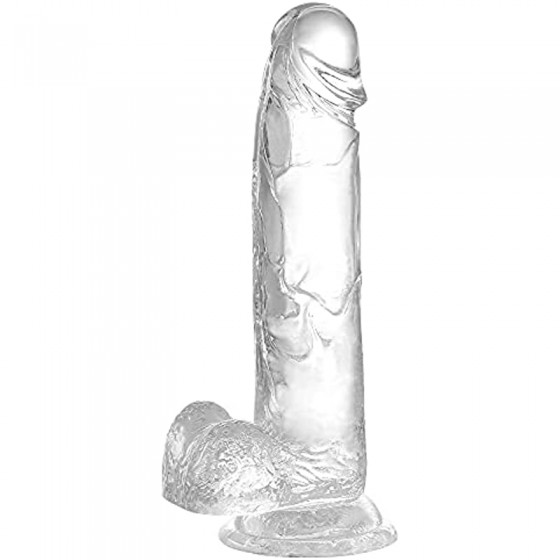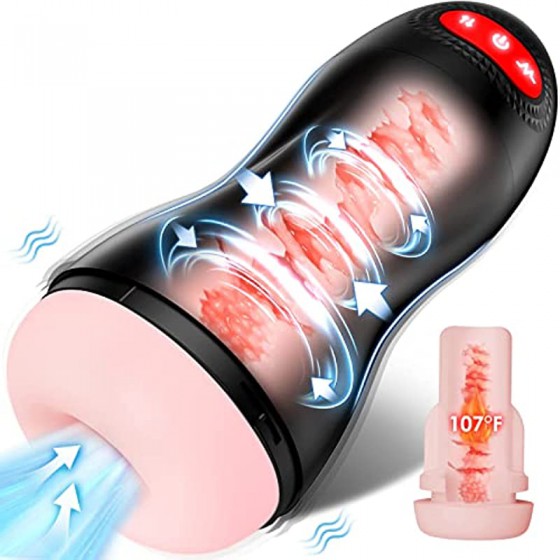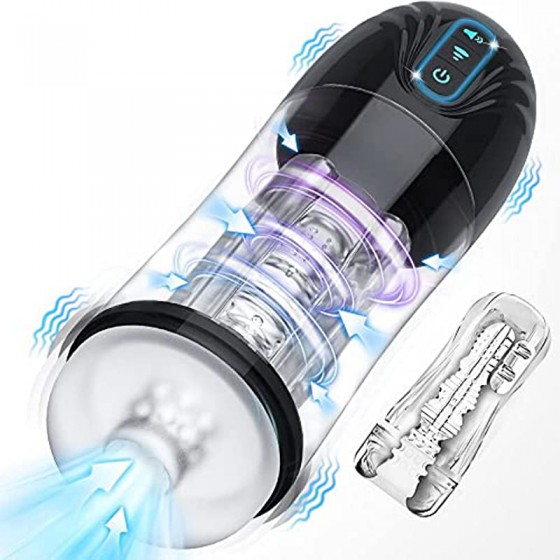Why are women always wet down there? Nothing more than these 5 situations!
Vaginal secretions are unique to women. They are mainly composed of cervical canal and endometrial gland secretions as well as vaginal mucosal exudates. Women are troubled by the wetness down there, and may even change it twice a day. ~3 underwear, what the hell is going on.
Why are women always wet down there?
1. Vaginitis
Vagitis is the gynecological disease with the highest incidence rate and recurrent attacks. It is mainly divided into bacterial, fungal and trichomonal diseases. The secretion of bacterial vaginitis is white and has a fishy smell; the secretion of trichomonas vaginitis is thin and purulent and foamy; the secretion of fungal vaginitis is white and like tofu. If you find that the color, texture, and odor of vaginal secretions have changed, you need to go to the hospital for examination in time. Choose appropriate drugs based on the examination results, and do not use drugs blindly.
2. Cervicitis
When most cervicitis is diagnosed, it is already chronic cervicitis. The main symptom is an increase in vaginal secretions and a slightly yellow color. Acute cervicitis is caused by mechanical damage and pathogen invasion. It not only causes an increase in vaginal secretions, but is also accompanied by local congestion and pain. Patients need to take a sufficient amount of antibiotics for a full course of treatment based on the cause and pathogenic bacteria. If the pathogen is Neisseria gonorrhoeae or Chlamydia trachomatis, sexual partners need to be treated together.
3. Pelvic inflammatory disease
Pelvic inflammatory disease includes pelvic peritonitis, endometritis, and fallopian tube inflammation, which can range from lower abdominal pain and increased vaginal discharge to severe symptoms such as fever and urinary system symptoms. The main treatment for patients is antibiotics, which are usually taken orally or intravenously. However, antibiotics must be used in sufficient amounts for a full course of treatment. If symptoms are not improved, the medication should be stopped directly, otherwise the condition will relapse.
4. Cervical lesions
When cervical lesions occur, cervical gland secretions will increase, leading to increased vaginal secretions such as cervical intraepithelial neoplasia, cervical cancer, and cervical fibroids. All women who have sexual life should go to the hospital regularly for TCT and HPV screening. Early detection and early treatment can improve the cure rate.
5. Lesions in the uterus and fallopian tubes
When lesions occur in the uterus and fallopian tube cancer, such as uterine fibroids and endometrial hyperplasia, as well as fallopian tube cancer and endometrial cancer, the endometrial glands will proliferate and the uterine cavity area will increase. , the main symptom is increased vaginal discharge. Abnormal vaginal discharge may occur with fallopian tube cancer.
Warm reminder
If you find a sudden increase in vaginal secretions, don't be too alarmed. Go to the hospital for a vaginal discharge examination in time to find out what is causing it, and then provide targeted treatment. Pay attention to personal hygiene during this period, try not to use panty liners, change and wash underwear frequently, and do not use cleaning fluid without authorization.













